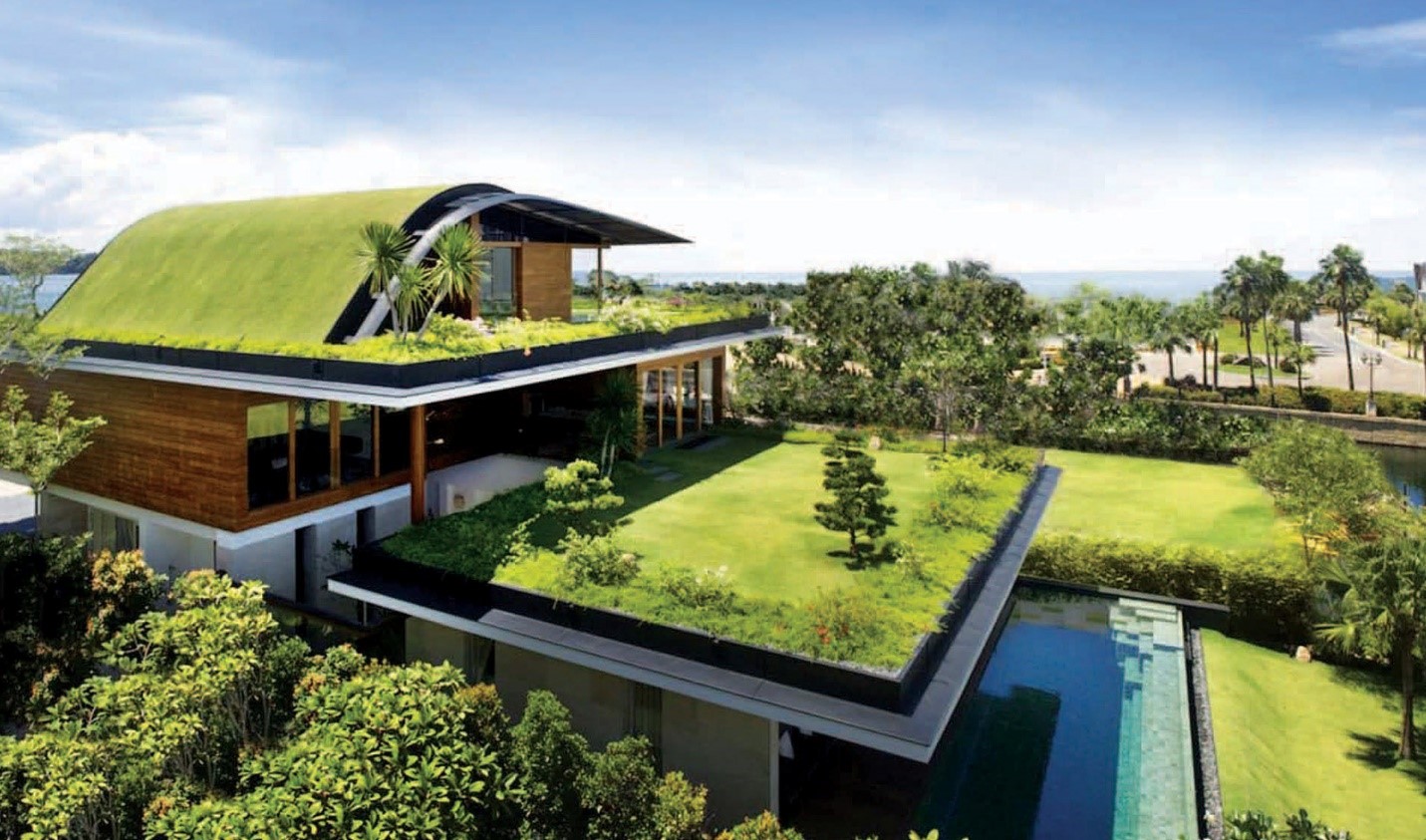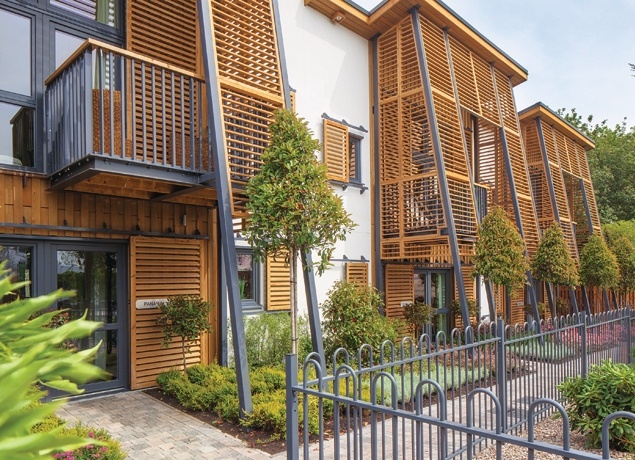What Are The Architectural Considerations For Sustainable Housing?

Sustainability has become an increasingly important factor in modern architecture. Sustainable architecture involves designing buildings that are not only environmentally friendly but also maximize the use of renewable resources and promote healthy living for occupants.
Here are some of the key elements that define sustainable architecture:
Efficient use of materials
The use of sustainable materials in construction is a significant factor in sustainable architecture. Builders must choose materials that are renewable, such as bamboo, which grows more quickly than traditional timber, and allows for the reduction of deforestation in the process. Another approach is to use recycled materials such as reclaimed wood to build the structure. This not only reduces the amount of waste, but it also minimizes the environmental impact of transporting materials from the source to the building site. It's important to use materials that can be repurposed after their use, to avoid creating a 'throwaway' culture of unsustainable resources.
Energy efficiency
One of the primary principles of sustainable architecture is to reduce energy consumption by designing buildings that require less energy to operate. This is achieved by using features like energy-efficient windows and insulation, airtight building envelopes, and designing for passive solar heating and cooling. The aim is to reduce or eliminate the use of non-renewable energy sources, like fossil fuels, and minimize the carbon footprint of the building.
Water conservation
Water is a precious resource, and sustainable architecture must prioritize its conservation. This is accomplished through various means like using water-efficient fixtures such as low-flow toilets and faucets, rainwater harvesting or greywater recycling system, water-efficient landscaping design and utilizing sustainable water treatment system.
Site Planning and Sustainable transportation
Sustainable architecture also considers planning the site in ways that respect and enhance nature. This includes maximizing the use of natural resources, minimizing the disruption of local ecosystems, and creating areas of vegetation or wildlife habitat. Along with these, focusing on sustainable transportation should also be made to reduce carbon footprint within the immediate environment. Providing cycling, walking, and public transportation facilities for occupants is one of the best practices.
Indoor Environmental Quality
Sustainable architecture aims to provide a healthy and comfortable indoor environment for occupants. This is achieved through the use of healthy materials, choosing non-toxic products wherever possible, and the inclusion of indoor plants to purify the air. Also, providing ample natural light, adequate ventilation, and proper temperature regulation helps to ensure a healthier living environment.
Reduce Operational Waste
Sustainable building design looks at reducing operational waste in a building's life cycle. This means ensuring that proper maintenance of appliances, equipment, materials, and systems are in place to prevent and minimize waste. Additionally, constructing a building with a comprehensive waste management system in place with a waste management plan and proper recycling and composting efforts plays a significant role in sustainability.
"Green" design & construction
Incorporating green design principles and construction techniques can help reduce the ecological impact of a building. Better use of technology and innovation to improve energy efficiency, recyclability, and in-building systems and designs, along with eco-friendly material sourcing and sourcing local materials when possible, goes a long way towards conserving crucial non-renewable resources.
Building orientation and location
The orientation of the building and its location determines its relationship with the environment. Proper orientation ensures that the building gets enough sunlight and heat during the winter. Location plays a vital role in energy efficiency; for example, the proximity of public transportation significantly improves the building's carbon footprint compared to driving regularly.
FAQs
Why is sustainable architecture so important?
Sustainable architecture is essential because it has numerous benefits for the planet and its occupants. Environmentally friendly buildings reduce energy consumption, promote clean air and water quality, and minimize the amount of waste generated by human activities. Sustainability is a crucial step towards a more ecologically sound and healthy future.
How can I incorporate sustainable design into my building project?
You can incorporate sustainable design by reducing energy consumption, reducing your carbon footprint, and promoting the use of sustainable materials and techniques. Referencing sustainable architects and availing yourself to the benefits of green-architecture and updated technology like energy-efficient lighting and thermostats is also a good idea. Utilizing variable speed fans can help reduce energy consumption, while sustainable landscaping and proper permeable installations help with water conservation.
What are some of the best sustainable building materials?
There are several sustainable building materials that builders can use, such as bamboo, which is durable and grown for sustainability. Cork and rammed earth walls also offer unique sustainable qualities and are long lasting. Reclaimed or recycled timber, cellulose insulation made from recycled paper, and low volatile organic compound paints can also play a significant role.
Will sustainable architecture cost more?
Sustainable architecture may cost more upfront because of the use of high-quality materials and energy-efficient appliances and systems. However, there will be significant cost savings over time, thanks to lower energy bills and reduced operational waste.
In summary, sustainable architecture is crucial for the planet and the continued health of humans and the environment. Designing buildings with sustainable principles promotes eco-friendliness, energy conservation, water conservation, and healthy living environments while still delivering functional and aesthetic appeal.



Post a Comment for "What Are The Architectural Considerations For Sustainable Housing?"